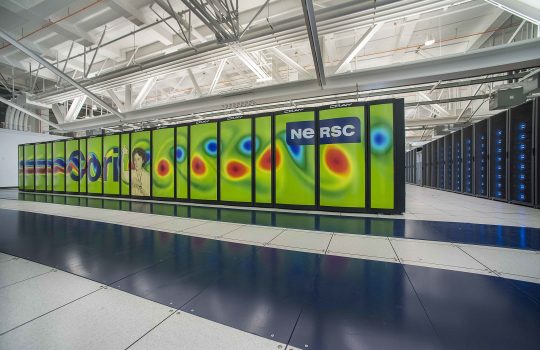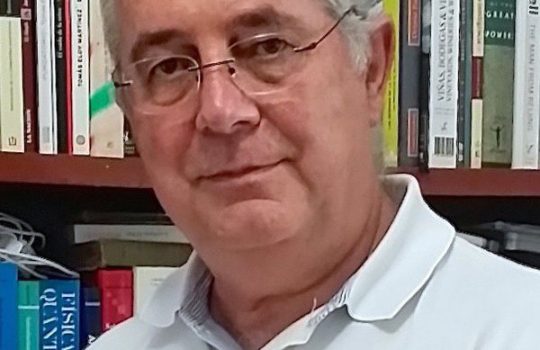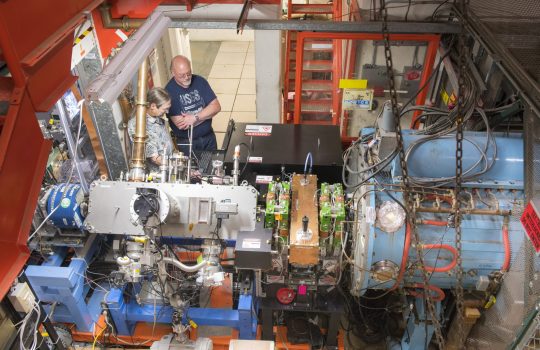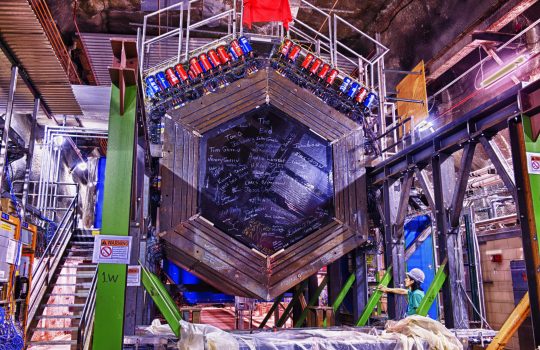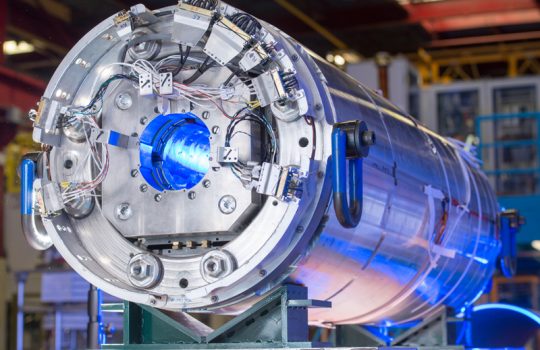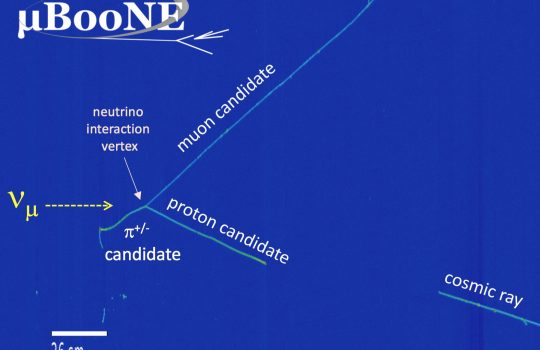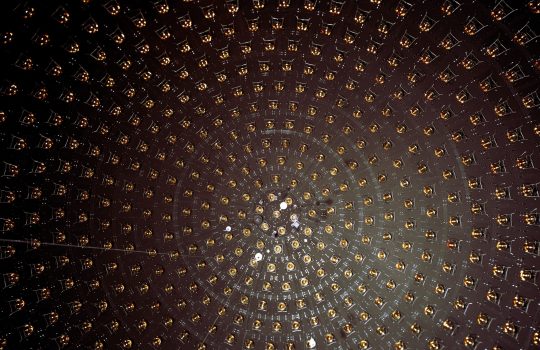Think big, go small
- astrophysics
- Canada
- COHERENT
- dark matter
- Duke University
- Holometer
- Minnesota
- neutrino
- New Mexico
- North Carolina
- University of Minnesota
- University of Toronto
Nothing beats a small experiment for the breadth of experience it gives the scientist.


